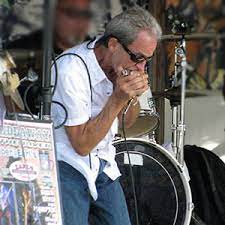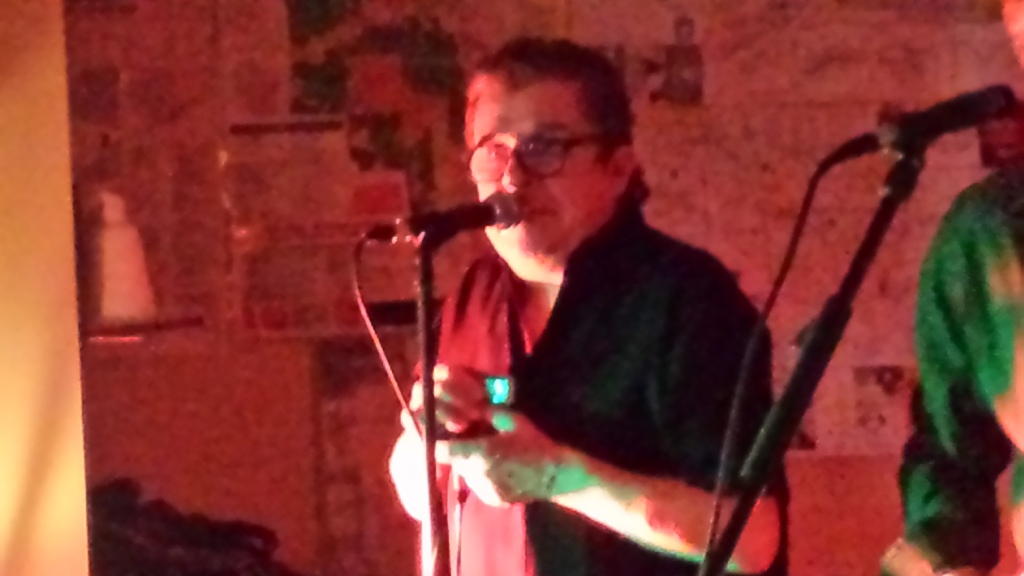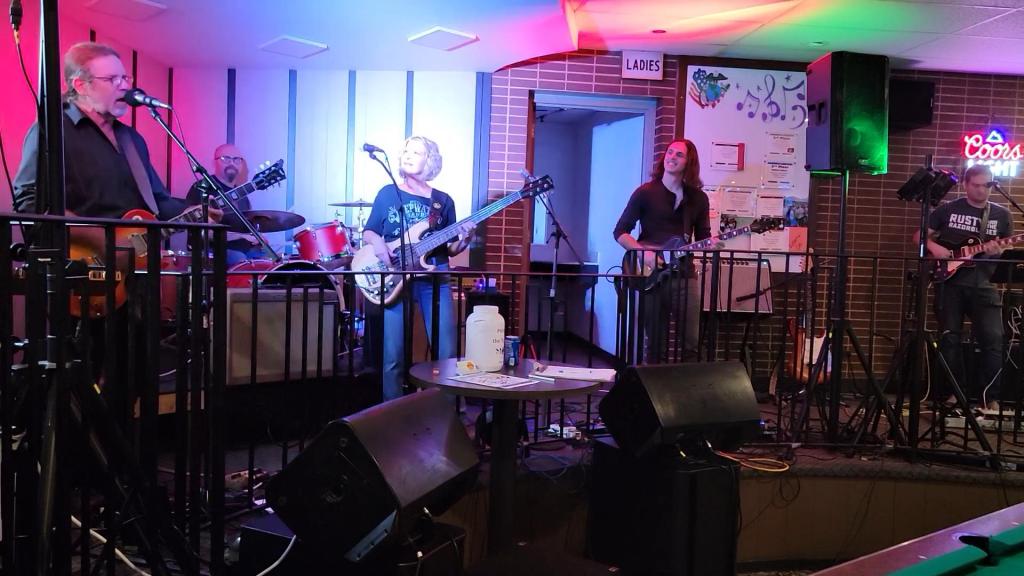
I have written several posts about how important hosted jam sessions are for the health and sustainability of music scenes—especially blues scenes. You can find those posts here, and here. In summary, a jam is about collaboration and connection. This collaboration is enhanced when a host band is involved in the jam—a host band that understands the critical responsibility of how to facilitate the “jam experience”—as they set the stage and energy for the event as a kind of opening act, and also understands the critical responsibilities that come with being a facilitator of the blues experience. More on this later.
However, there is another part of this puzzle, as it is also critical, that other participants understand their responsibilities at these events. So often, a host band can be doing most everything right, and jam sessions can get bogged down because players show up with expectations and assumptions that negatively impact the experience. I recently wrote about how the very history and structure of the blues is rooted in collaboration. Collaboration works because ALL parties make it a priority. Here are some critical tips that everyone should understand are at the root of every successful blues or open jam.

- A Jam is Not an Open Mic: While open mics are designed specifically as a showcase for individual performers (or groups of performers), a jam session is different. First and foremost, unlike an open mic, a jam session—any jam session—is about connection and collaboration FIRST. It may be that, at times, individual players take the spotlight as they solo, etc. However, this should always be in service to the collaborative process. Even the host band itself, or any other players that step in as song leaders, switch to primarily being facilitators first. Understanding this difference is a critical link for event success and, as I mentioned, this responsibility falls on everyone—host band and jam participants
- Show Up Early, Meet and Greet and Find Out How Things Work: Every jam is different. Some jams have backlines and request that all participants use backline gear. Some jams allow everyone to bring their own amps, etc. There also may be other traditions or rules for particular jams, and getting there early allows you to meet club owners and bartenders, the jam facilitators and host band members, sign up on a sign-up sheet (if your jam has one), find out how the schedule works, what songs people typically play, and generally figure out the “lay of the land” for this event. These connections are where collaboration begins.
- Don’t Be “That Guy or Girl!”: Don’t be the player that shows up late, blasts in, demands their 15 minutes (sometimes even with songs or song structures nobody knows), does their set, and immediately heads out the door. These are the people that make it hard for everyone else—hosts, music fans and other players. Other things that are destructive to jam sessions:
- Not coming prepared with cords or other key connections or equipment if it is necessary for your instrument.
- Being loud in general—or at least louder than everyone else
- Not understanding “blues rules (go here)” or disregarding signals, etc. of the host or facilitator and:
- Blasting solos without being asked
- Soloing over the top of others
- Or generally calling attention to yourself in a way that negatively impacts the overall event and event energy
None of this endears you to other players, club owners or music fans. It doesn’t matter how good you are.


- Know Songs and Learn How to Communicate the Structure of Those Songs, Lead Those Songs and Apply “Blues Rules:” In my experience, the people who get the most playing time, get asked back, are even asked to be host band members, and often get other gigs, etc., are primarily people who know (and can sing) songs. They also know how to communicate, facilitate and lead those songs. This involves knowing and applying “blues rules,” and showcasing other players—and often showcasing other players FIRST and facilitate songs–as opposed to just being the “star centerpiece” (see point above about jams vs. open mics).
- Be Open: Some jams have a ton of talent that shows up, the person leading the jam may have ideas about things to do that night and may have special guests coming in. Roll with what happens. See point #2 above.
- IF you get a chance to play, Lay Back First, Find the Groove and Vibe On Stage, (and most importantly) Find Ways to Fit in and Enhance the overall collaboration: Remember that collaboration is the key to jam success in so many ways. Are you contributing to the overall energy of what is happening on stage? OR are you making things about you and expecting everyone to fit your mold, or get out of your way.
- Showcase Others First: This is especially true when leading songs, but really applies for most of a jam experience.
- Learn the Language and Vocabulary of the Music and How to Apply “Blues Rules:” Blues has a language and vocabulary that is semi universal. This involves:
- Learning to “play by numbers”
- Learning and understanding common blues rhythms and grooves and how to describe and play with them
- Building a vocabulary and library of common riffs, rhythm figures, chord sequences, chord voicings, etc. Learning songs helps to make this happen!
- Understand and apply “blues rules,” (go here for a list) both as a facilitator/song leader and player. See more on this here.
- When you are done, be thankful for the opportunity. Shake hands with the other players, compliment, buy drinks, thank the sound guy, etc. Celebrate a successful collaboration. This will insure that there will be a next time.
- Stick Around: Much of the critical connections happen after the jam. I have gotten gigs because I took time to thank club owners, bartenders and other players. It also endears you to other players when you help haul some gear, etc. There are always needs. Community first always.
- Don’t Make Excuses, OR Refuse to Support and Attend Jams Because the Event Doesn’t Immediately Benefit YOU! See the point above about being open, and (more importantly), remember why jams exist in the first place and how important they are for vibrant and sustainable music scenes. Things happen. It is a hard job being jam host or host band. Also, if you showed up expecting to be recognized, etc. but spent your time hanging in the corner rather than making connections, etc., you may want to look at other things. Review the points above possibly, and also…
Remember: Jams are about relationships and connections. Club owners and band leaders want to find good players, but above all, they want to find good players that are decent, collaborative people. Two rules that have served me well:
- “Don’t go where you aren’t invited:” This is one of my rules for life actually. I never demand or request anything. It’s about going with the flow–a critical life skill. More than that, jams can be an exercise in patience, especially if you have never been to a specific jam before. Developing relationships, making other connections and being friendly and open, almost guarantees that you will get your chance to join the party at some point.
- Be quietly kind, yet confident: The people that really can bring it on stage, will never ever brag about it. They just bring it when the time is right, and do it in a way that makes everything better.
Jam on!
Join our Facebook page Real Blues You Can Use for more discussions on these topics. For in-person or virtual lessons, coaching and mentoring with Mark, contact him at: imwiththebandmz@gmail.com and visit his website at: www.im-with-the-band.org.Mark Zanoni